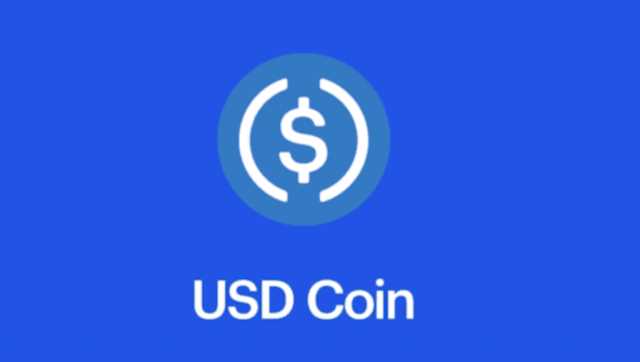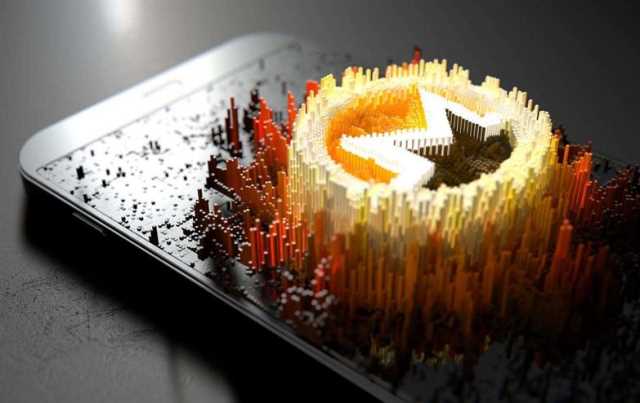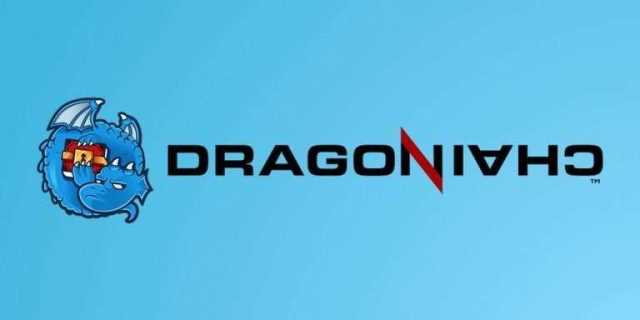Next Bitcoin Halving 2028 Countdown & Date Clock

As such, any recommendations or statements do not take into account the financial circumstances, investment objectives, tax implications, or any specific requirements of readers. It seems that, at least for the foreseeable future, the only thing anyone can do is make a wild guess as to what the market will do.
What Happens to Miners During Halvings?
One theory, known as the stock-to-flow model, calculates a ratio based on the current supply of Bitcoin and how much is entering circulation, with each halving (unsurprisingly) having an impact on that ratio. However, others have disputed the underlying assumptions upon which the theory is based. Given this schedule, the next halving event is expected to occur in 2028 when the total number of mined bitcoin blocks reaches 1,050,000.
???? How does halving impact bitcoin’s price?
For miners, it can be seen as potentially bad in the short term because their rewards for mining new blocks are cut in half. If the price of Bitcoin doesn’t rise to compensate for the reduced rewards, mining could become unprofitable for some. On the other hand, while the halving reduces the reward for miners, it equally lowers the supply of new coins without reducing the demand, notes Patricia Trompeter, CEO of cryptocurrency miner Sphere 3D Corp.
What is the price of Bitcoin after 2024 halving?
A decentralized network of validators verifies all Bitcoin transactions in a process called mining. They are paid 3.125 BTC, which is worth about $65,207.50, as of May 6, 2024. They are the first to use complex math to add a group of transactions to the Bitcoin blockchain as part of its proof-of-work mechanism. Higher prices would be an incentive for miners to keep processing bitcoin transactions. Baker points out that miners may shift transaction processing power away from BTC once the next halving takes place as they seek more transaction fees elsewhere to make up for lost bitcoin revenue. The cryptocurrency market is unpredictable, and while historical trends can provide insights, they do not guarantee future results.
- Satoshi Nakamoto believed that this devaluation of fiat money could have disastrous effects, and so, with code, prevented any single party from being able to create more Bitcoin.
- The first miner to solve this problem adds their collection of transaction data – a block – to the blockchain.
- Once the problems are solved the block gets added to the end of the chain.
- As the rate at which new bitcoins enter circulation is reduced by 50%, the asset becomes increasingly rare.
- Although scarcity can drive price appreciation, reduced mining activity could cause the price to level off.
Best Crypto Wallets: Top Picks for 2024

The next halving is expected to occur around April 2024, and the mining reward will be reduced to 3.125 BTC per block, or 450 BTC per day. As the supply of new coins decreases, bitcoin’s scarcity increases, which could lead to price appreciation over time. However, it’s important to note that the relationship between halving events and price is not always straightforward and can be influenced by various market factors. On the other hand, halving can be seen as good for investors because it reduces the supply of new bitcoins, which could lead to an increase in price if demand remains strong.
Bitcoin Halvings — What They Are, Why They Happen, and Why You Should Care
The firm notes that despite the substantial inflows into Bitcoin ETFs, prices have remained relatively stagnant compared to their levels at the time of their launch. Bitcoin, often touted as a hedge against traditional market instability, has not been immune to these broader economic forces. When rewards are halved, miners are likely https://www.tokenexus.com/ to work harder to make the same amount they did before the halving, which could see the amount of energy used soar, as Fast Company detailed. Bitcoin is finite, with 21 million as the cutoff point, according to Fast Company. Around 19 million have already been mined, and halving happens after every 210,000 blocks are mined.
- By slowing the pace, the basic idea is that the scarcity of bitcoin tokens will increase.
- After each halving, Bitcoin miners receive half as much Bitcoin for their services.
- Bitcoin halving is a pre-programmed event that occurs approximately every four years, reducing the block reward for miners by half.
- The value of their remittances will depend on Bitcoin’s market price after the halving event.
- As part of bitcoin’s code, after every 210,000 blocks are added to the chain, the mining reward is cut in half.
The first blocks ever mined saw rewards of 50 coins, but this has now dropped following three halvings to 6.25 coins. Bitcoin halving is a core element of how cryptocurrency operates and is intended to help regulate the availability of new bitcoin. The primary goal of the halving is to slow the pace of bitcoin creation. By slowing the pace, the basic idea is that the scarcity of bitcoin tokens will increase. Each block holds approximately 2,700 transactions, with Bitcoin blocks typically mined at a rate of around 10 minutes. However, during times of high demand, the block turnaround speeds up and the halving draws closer.
US government wants to tax bitcoin to reduce its environmental impact
The reward was 6.25 BTC for every block mined up until April’s halving, but that now stands at only 3.125 BTC. For the first four years of Bitcoin’s existence,theamount of new bitcoins issued every 10 minutes was 50. After continuously smashing records, the digital coin hit a high of about $73,600 on March 13, up 66% since the What is Bitcoin Halving start of the year. A couple days later it fell 7% to about $63,000, following a drop in spot bitcoin ETFs. This could see some miners shut up shop if they decide the effort is no longer worth the rewards. But in truth, the economics of mining are always changing and the industry is likely to adapt and continue much as before.

